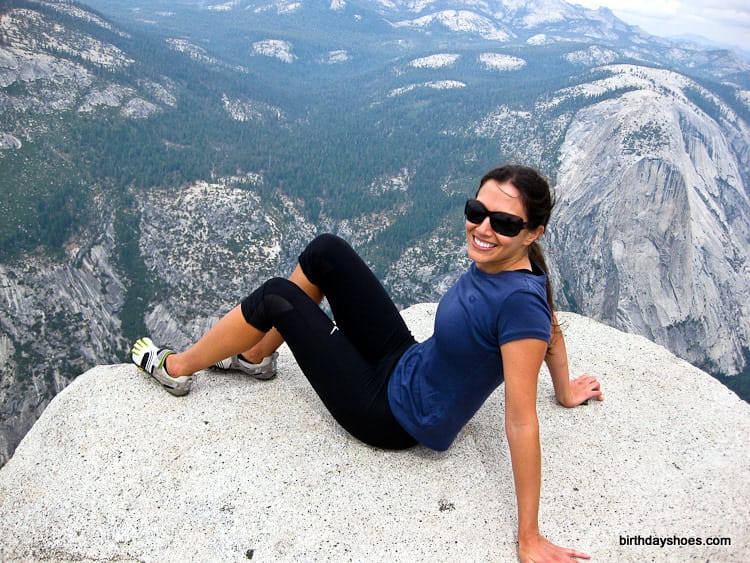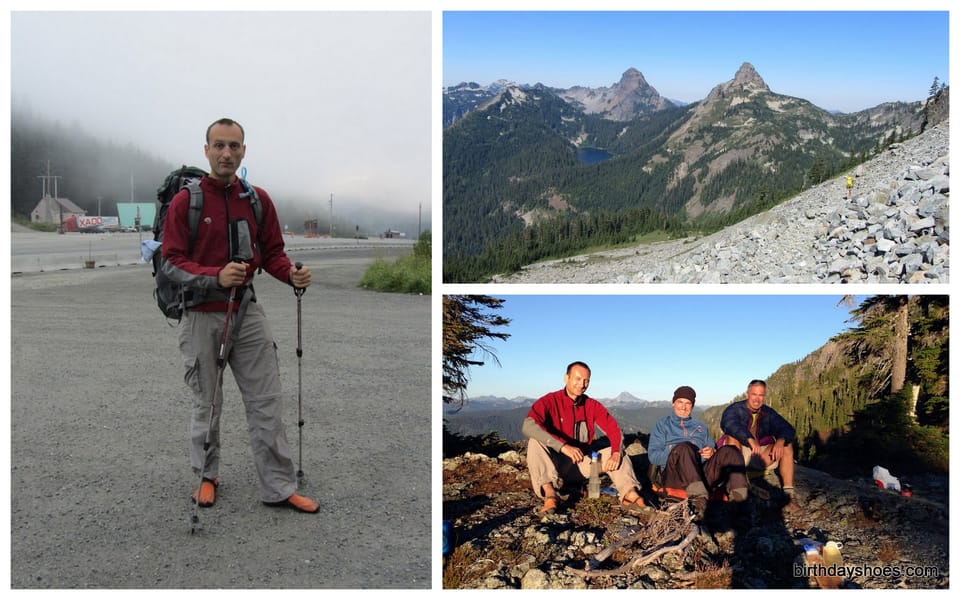Anthropological perspective on the barefoot-is-better meme from Greg Downey
Greg Downey, an anthropologist in Australia, wrote an exhaustive blog post on Neuroanthropology.net titled Lose your shoes: Is barefoot better? back in late July 2009 that has just recently come to my attention.The post covers topics ranging from how…
Greg Downey, an anthropologist in Australia, wrote an exhaustive blog post on Neuroanthropology.net titled Lose your shoes: Is barefoot better? back in late July 2009 that has just recently come to my attention.
The post covers topics ranging from how we run unshod to how shoes affect our feet (e.g. how feet adapt to shoes over time, how shoes mute sensory information, etc.). He gets into when shoes first entered the scene in human history to modern adaptations of our feet to do any number of activities (such as paint or play guitar). Though Downey's answer to the "is barefoot better" question seems overtly ambivalent, I doubt you could read it without coming away with the perspective that our feet are strong, robust, and adaptable structures by themselves. Said differently, feet are only handicapped if we make them that way. Downey (with a bit of help from Adam Sternberg) puts it thusly:
Sternbergh explains the developmental influence of shoes simply: ‘This is the shoe paradox: We’ve come to believe that shoes, not bare feet, are natural and comfortable, when in fact wearing shoes simply creates the need for wearing shoes.’ Shoe designers are convinced that feet need to be protected against the ground, and the result is that our feet are so sheltered that they do become fragile.
Another section I found interesting in the post referenced Ross Tucker, who described how our feet function (or fail to function in the case of shoes):
uring barefoot running, the ball of the foot strikes the ground first and immediately starts sending signals to the spinal cord and brain about the magnitude of impact and shear, getting most of its clues about this from the skin contact with the surface irregularities of the ground. Take away this contact by adding a cushioned substance and you immediately fool the system into underestimating the impact. Add a raised heel and the shod runner is forced to land on it. Strap the cushioning on tightly with the aid of a sophisticated lacing system and you block out shear as well, throwing the shock-absorption system even further into the dark ... The cushioned midsole of the modern running shoe robs the system of important sensory information necessary for ankle, knee and hip response to impact. The arch support (or orthotic) in modern running shoes not only prevents the arch suspension system from absorbing energy by preventing flattening but eventually leads to intrinsic muscle atrophy and complete loss of active muscular control of the arch leaving only the inelastic plantar fascia as a checkrein to flattening. The barefoot runner’s ‘foot position awareness sense’ which relies heavily on sensory input from the sole of the foot minimizes his risk of sustaining an ankle sprain on uneven ground. The shod runner is at marked increased risk of ankle sprains because his ‘foot position awareness sense’ is handicapped by the paucity of sensations coming from his soles.
There's a lot more there, and I'll save you from further quotes. Suffice to say that our feet are incredibly adaptable, strong, and sensitive structures. For that matter, Downey's anthropological round-up leaves me believing that when you need your feet to perform optimally, it's best to get out of their way. That said, shoes/footwear do have a place in human evolutionary history, but the trick is in finding the right balance.




